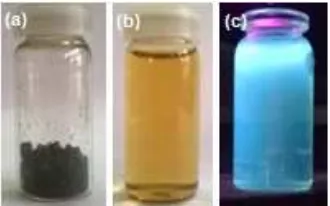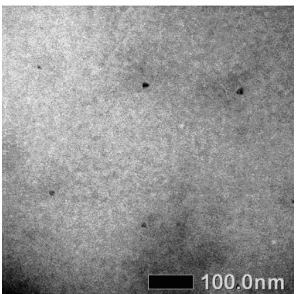Synthesis of Fluorescence Carbon Nanoparticles from Ascorbic Acid | Sugiarti | Indonesian Journal of Chemistry 21207 40292 1 PB
Teks penuh
Gambar



Dokumen terkait
We also used the modified ITO glass as film substrate in the preparation of nanostructured ZnO using the same zinc nitrate precursor with NaOH as the alkaline solvent. By this route,
We now wish to report here in synthesis of several derivatives of N’-benzylidene salicylic acid hydrazides (= N’-benzylidene-2- hydroxybenzohydrazides) by incorporating
The aim of this study was to develop a synthesis method of low-grade natural zeolite with high impurities to produce synthesized zeolites NaA via alkaline fusion hydrothermal
According to the calculation of interaction energies in the colloidal system of Au/alginate nanocomposite, it can be concluded that both steric and electrostatic stabilization played
The oxidation of cyclohexanone using heteropoly compounds as catalyst was carried out in one pot synthesis as follows: In a 250 mL round-bottomed flask equipped with magnetic
The present study has demonstrated that electrochemical method is a potential alternative method for production of alumina precursor, composed of two groups of particle as seen by
As reported previously [21,24], the dimensions of the silica tubes are also influenced by the water to TEOS precursor ratio, the time of hydrolysis and the concentration of NH 3..
A simple, energy–efficient, and relatively quick synthetic procedure for the synthesis of (1)–N–4’– methoxybenzyl–1,10-phenanthrolinium bromide, based on green